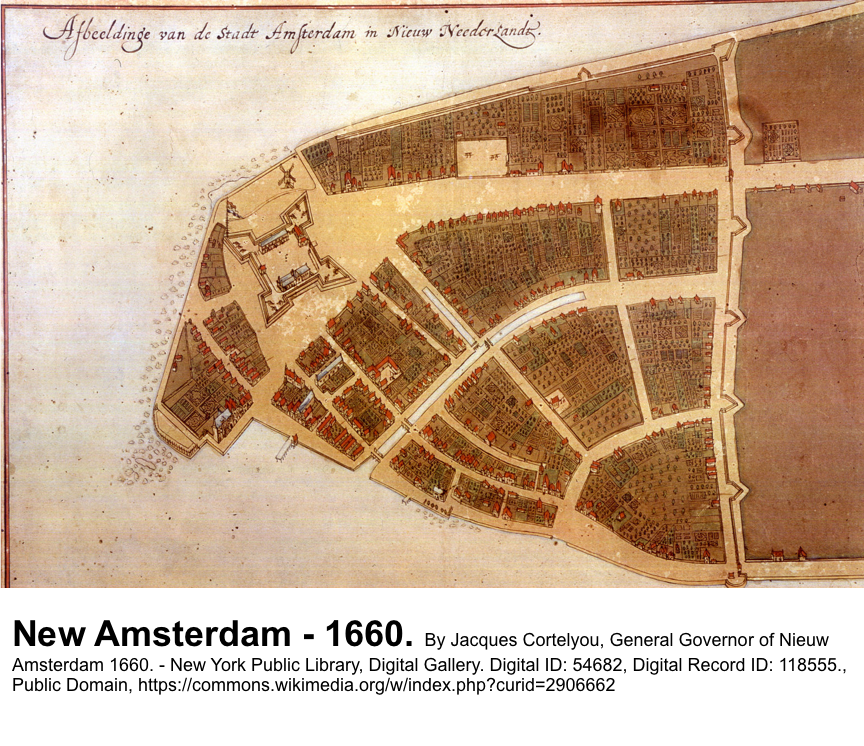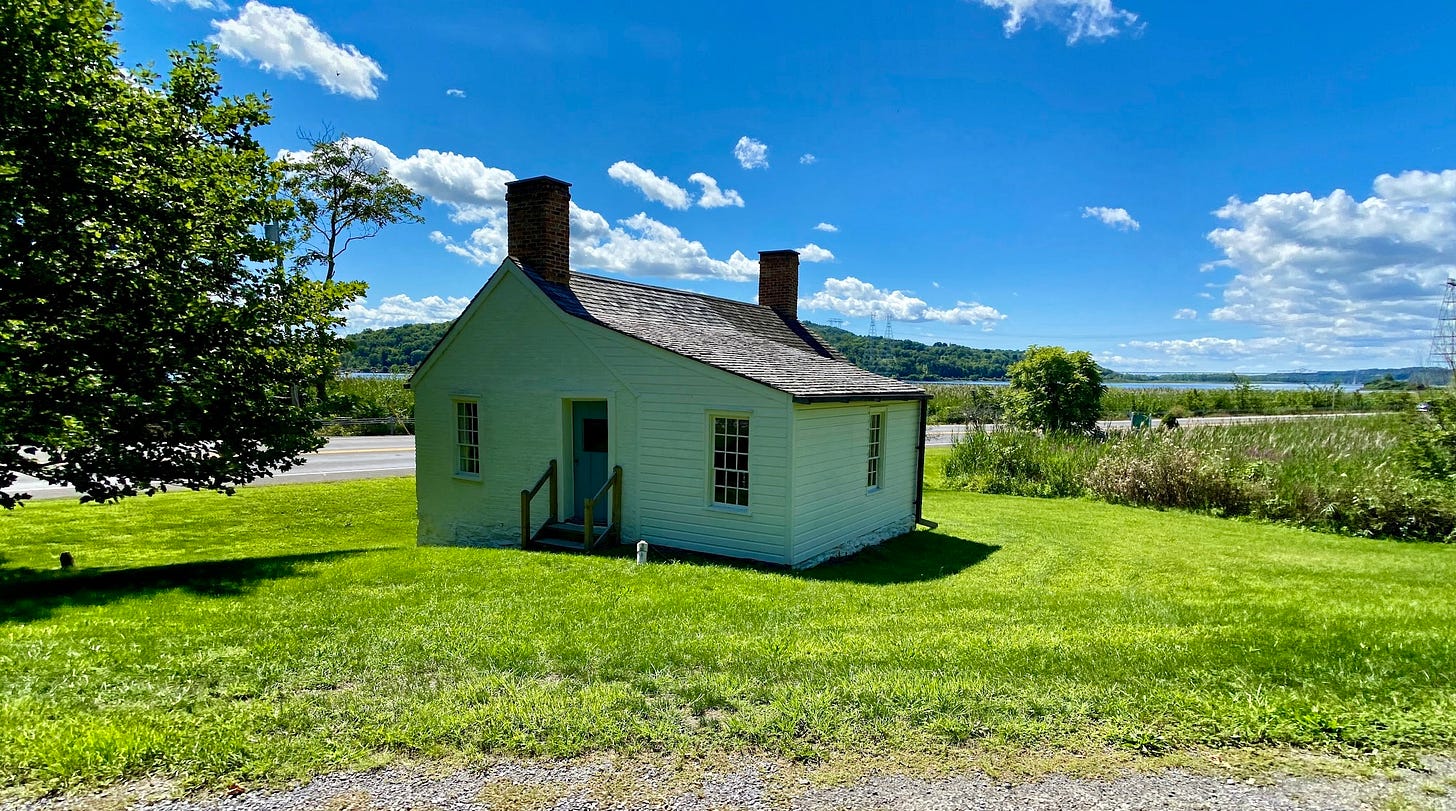Chapter 7: New Amsterdam - The Dutch
New York New York: The Halenbeek and Van Loon line
Originally the Pilgrims had intended to settle near present day New York City. But the Dutch captain of the Mayflower made landfall at Cape Cod. Because it was so late in the year, their supplies were dwindling, and the weather was deteriorating, the Pilgrims decided to make do where they were and chose Plymouth as their site.
Some scholars believe that the Mayflower’s captain knew exactly where he was landing. The Dutch did not want the English to take the prime spots in present day New York because they wanted that territory for themselves, so the ship steered north. And indeed the Dutch were the original settlers of present day New York.
Officially founded as a colony in 1625 as “New Amsterdam”, by 1656 there were 120 houses in the city of Manhattan and 1000 inhabitants. Peter Minuit had purchased the island of Manhattan for trinkets worth no more than several thousand dollars in today’s money. The main business of the colony was the fur trade with the Iroquois Indians. The Dutch economy was strong, and there were few immigrants at first.
One of the newest inhabitants in 1656 was Marietje Albertse Janszen. She was born in the town of Manhattan, in the colony of New Amsterdam, on September 17, 1656, the same year John Fuller was born in Barnstable on Cape Cod to Mayflower passenger Samuel Fuller and his wife Jane Lathrop.
At the time of her birth Manhattan relied heavily on slaves for labor, although there is no evidence that our line held slaves in New York.
Marietje grew up in the boom town of Manhattan. Her parents were of course both Dutch. The settlement changed hands several times between the Dutch and the English, until finally in 1674 the city was relinquished to the English, who changed the name from New Amsterdam to New York.
Two years after New Amsterdam became New York, Marietje married Jan Van Loon. The year was 1676, 100 years before independence from the British was declared. Jan had recently immigrated from Luyck, Holland. In 1681 Jan obtained a large tract of land located 120 miles up the Hudson River. Part of the payment for this land was 50 beaver pelts. Here Jan and Marietje built the first house in the area. Soon their settlement had grown into the town of Loonenberg, named after the founders, our ancestors Jan and Marietje Van Loon. Today the town is called Athens, New York.
The homesite selected by Jan Van Loon occupied an important spot on the Hudson River, for it marked the furthest point that deep water ships could navigate the river. At this point the river ran deepest near the shore, permitting large river ships to dock and load their cargos of furs, which were then shipped downriver to Manhattan. Jan Van Loon was a blacksmith, and sometimes also a silversmith. He built a new house in 1706, one wall of which still stands, one of the oldest houses in the state of New York.
Jan and Marietje’s son, Jan Van Loon, Jr., married Rebecca J. Halenbeck, born nearby in this same area, just to the north, called “Coxsackie.” Remember the name “Coxsackie”. The Halenbeck and Van Loon families would play a prominent role there in 1775.
The Van Loon and Halenbeek Line:
The next 100 years saw a flood of immigrants to the shores of North America. Before we can continue with the story of our Dutch ancestors we need to bring in the Germans. The same year that Jan Van Loon and Marietje Jansen moved 120 miles up the Hudson, William Penn opened the door for German immigration into Pennsylvania. What a flood he unleashed, as we shall see.







